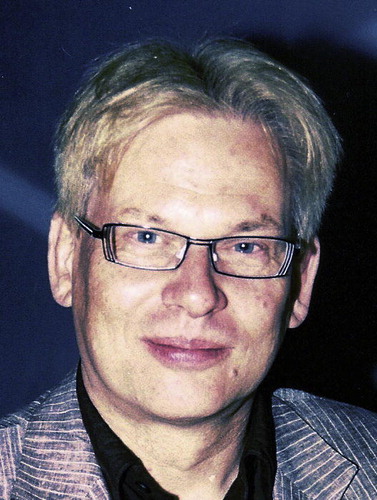Dear colleagues and friends
This issue of the AJU deals with stone disease, but perhaps not in the way you know it. Currently stone disease is recognised as a systemic and recurrent disease linked to many other so-called ‘civilisation’ diseases. Therefore the traditional surgical approach of ‘break it’, ‘forget it’ and ‘wait until it comes back’ is slightly outdated. Of course, surgical advances in minimally invasive technologies for stone removal are rapid, fascinating and important. No special issue on stones would be complete without them.
However, it is time to look at stone disease in a holistic way. It starts from understanding the mechanisms of stone disease on a tubular and crystalline level, understanding eventual genetic predispositions, and understanding causes and interactions between metabolism, diet and other chronic diseases, and stone disease. Then comes the increasingly sophisticated and minimalistic treatments. Finally, once the stone is removed the task of the stone doctor is not finished. Metaphylaxis and prophylaxis are undoubtedly necessary and called for in health economic terms, and the patient must be convinced of an often life-long therapy.
We have tried to cover all of these aspects and more in this issue, and I hope we will be able to raise awareness that a stone is much more than just a nuisance to get rid of for the moment.
“I have seen the journal going from success to success...”
When Professor Shokeir asked me to put together this issue for the AJU I was deeply honoured. Not only because I felt I could contribute to local expertise in countries that I have often visited over the last few years, that have become dear to me, and in which I have many friends by now, but also because ever since I was asked to become a section editor of the AJU more than 2 years ago I have seen the journal going from success to success under his leadership. Coming in an all-new attractive ‘high-tech’ design, high-quality articles from local and world experts are increasingly submitted and commissioned. The reviewer panel includes world-class experts, and the AJU online version has become ever more popular. Recently the AJU was indexed in ScienceDirect and Scopus, and Medline is in the pipeline and the declared aim for this year.
I believe that the AJU is an important step to bring the Middle East urology community together and closer to the rest of the world for an exchange of knowledge and expertise. Urologists all over the region are embracing new knowledge and the latest technology, which calls for a high-level medium platform in the wider region.
I hope all of you will not only read the journal and implement new evidence into your daily practice, but also consider sharing your knowledge and work with colleagues by contributing to our journal.
London, June 2012.
Notes
Peer review under responsibility of Arab Association of Urology.
